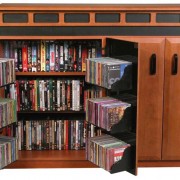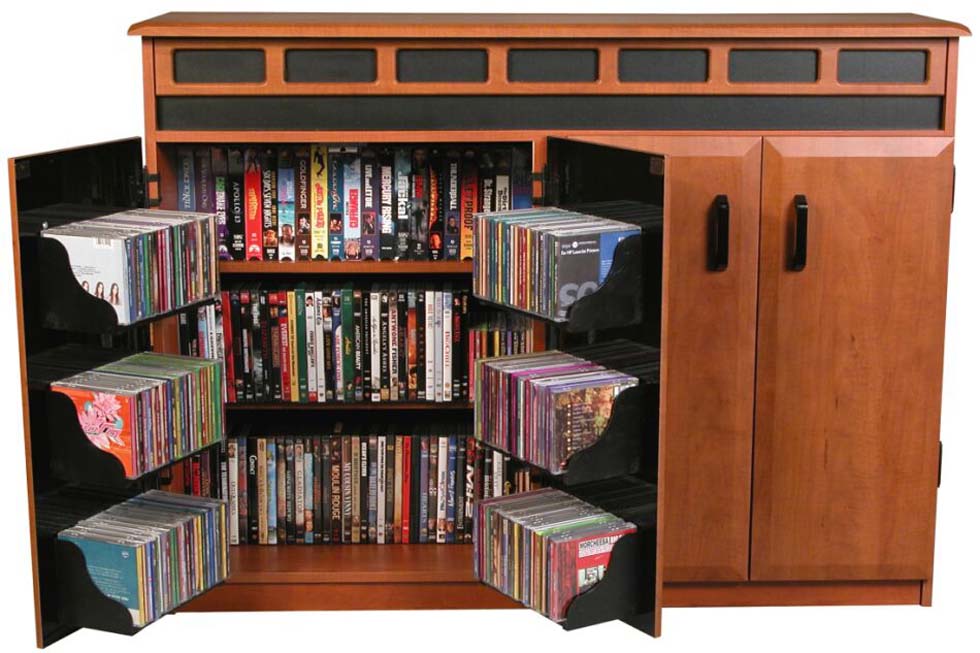A Little Bit About the Theory of Schemas
To make your museum experience more memorable, you need to understand the concept of schemas. It’s a little bit like having a very large collection of DVDs. Let me explain.
I know, I know – I promised you a couple of posts about how to make the content of your interpretation more memorable and now I’m digressing into something called ‘schemas.’
But believe me, if you’re not familiar with the concept of schemas (and even if you are, I’d suggest you read on as I think I may introduce you to one idea you’re not familiar with) it makes some of the ideas I’m going to introduce to you later much more, well, memorable.
A schema is a ‘concept’ that’s lodged into your memory and gets accessed and replayed when you’re thinking about that concept. So if I say ‘castle’ to you, you visualize a stone building with grey towers, keep, battlements, moat, drawbridge’ etc. Perhaps you even remember castles you’ve been to and relive snippets of those experiences in your head.
In fact, a good analogy for schemas is a little DVD, stored away in one of your mental filing cabinets, that you access when you need it.
Thinking about how young children learn helps you to understand how schemas work. I remember when my eldest boy was very young I used to be amazed at how he could see a picture of, say, a real elephant on the TV and then a basic illustration of one in one of his Maisie books and recognise them as the same thing. That’s because his brain was using schemas. Elephant = grey, 4 legs, trunk, big ears.
Now imagine your brain as a collection of filing cabinets, stuffed with these schema ‘DVDs’, filed together into categories, with related categories filed close to each other.
Now think about how people learn something new. They have to file it somewhere to remember it. If it’s related to one of the areas they often go to for their ‘DVDs’, they’ll store it in there. And they’re more likely to remember where they put it – they’re in that filing cabinet all the time.
If it’s not related to one of those areas, they don’t know where to put it. They put it down for filing ‘later’ (and then forget all about it) or throw it into an empty drawer. Problem is, they may never open that drawer again and may forget they’ve filed a DVD in there.
What precisely am I trying to explain via this analogy? Well, if you can anchor the information you’re trying to get across to existing knowledge, or schemas, then your visitors are more likely to remember it. I means they’ll be filing it alongside other, related DVDs. Even better if you can anchor it to things they’re interested in – the equivalent of them filing it in a cabinet they’re getting DVDs out from all the time.
Going back to my son, when he asked about a new concept, the only way I had to explain it to him was by using the knowledge he already had – his existing schemas.
‘What’s a leopard, Daddy?’
‘Well, it’s like a lion without a mane and with black spots.’
I’ve used his ‘lion’ schema to explain the concept of a leopard in a way he’ll remember it. The 2 concepts are now filed side by side.
But that’s not the only interesting things about schemas.
If you introduce something that conflicts with someone’s existing schema in a credible way, they’ll talk about it.
Imagine you know me and then the next time we meet I’ve dyed my hair red. Your ‘Ben’ schema has me ‘recorded’ with blonde hair (not much of it left, mind). The red hair conflicts with your schema. And if you know people that know me too, you’re going to tell them:
‘Have you seen Ben recently? Did you know he’s dyed his hair red?’
So you can leverage schemas not only to make the information you convey more memorable, but also to get people talking about your attraction. And word of mouth leads to more visitors.
Now can you see why I wanted to explain them to you?


